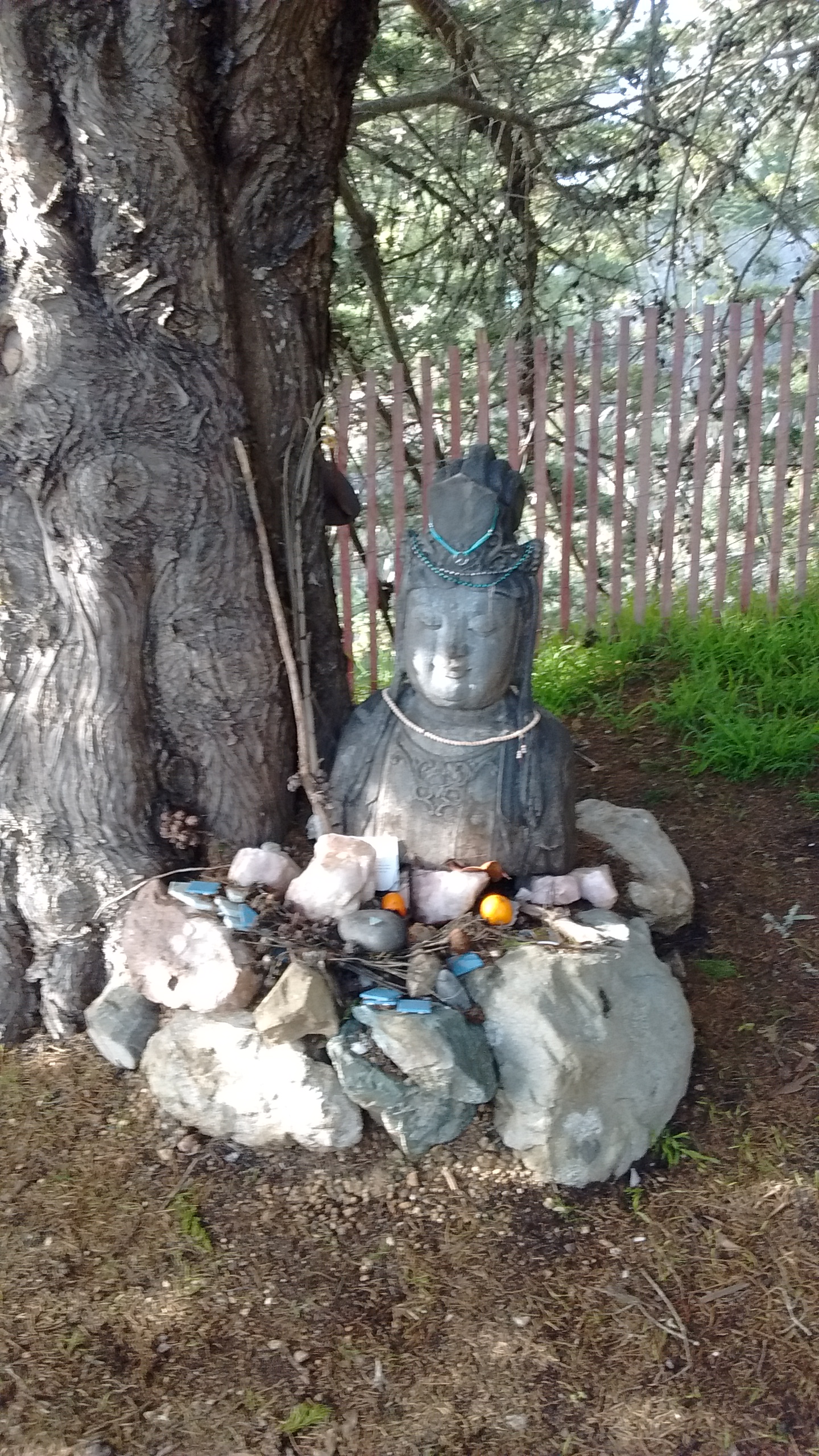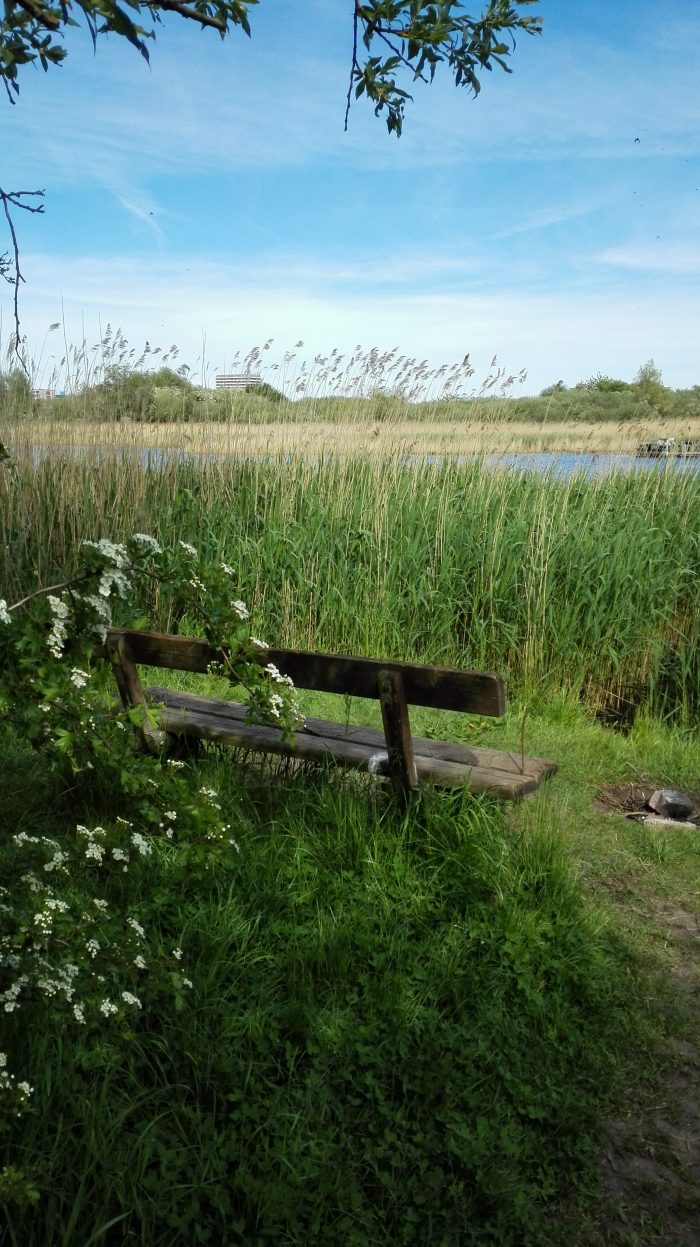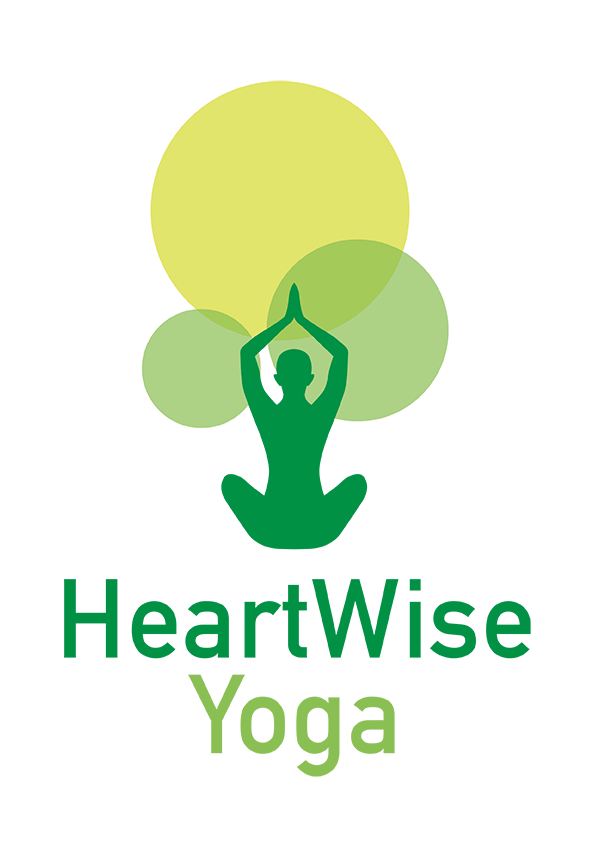What meditation is
What is meditation and its increasingly popular “friend”, mindfulness? Google provides dozens of definitions, but the main idea behind meditation and mindfulness is to be in the present moment… Note being, and not so much doing.
Our Western societies are oriented towards doing. We have an urge of getting things done and spending our time and resources efficiently. And thanks God we do; otherwise our society would not function and we would not be able to meet our needs. But what is problematic is that we tend to get caught in the frenetic pace of our everyday life and pursuit of goals, forgetting ourselves in the process. This is where stress, overwhelm, and other kinds of unbalance can start.
What meditation does
The benefits of meditation and mindfulness are many according to the growing scientific evidence on that topic. Such practice increases focus and concentration, calms the mind, reduces stress, increases happiness and well-being. What happens in meditation is that we simply pay attention to something grounding in the NOW, dropping our agenda of getting things done for a moment, which in turns calms our system and the vivid pace of (recurring) thoughts, planning, concerns… spinning around in our heads.
Training the mind to be attending to what is here, meditation increases our capacity to accept ourselves and others as they are, and it makes us able to embrace the cycle of life, for example a sudden shift in our lives.

Meditation, in practice
Many of us might think of meditation as something hardly accessible, complicated, demanding, or a waste of our so precious “efficient” time. Although I have been practicing yoga for almost 10 years, I have only let meditation become a part of my everyday 5 or 6 years ago.
Meditation is not dogmatic per se, and there are many ways to practice meditation or mindfulness. In fact, like spiritual master Thich Nhat Hanh says, you can meditate pretty much everywhere and in every moment by simply bringing attention to what is happening right now. Waking up and training this “muscle” or ability to go back and stay in the present moment, again and again.
My intention with this post is to help you explore meditation and find a satisfactory mindfulness practice. Experiment and find out what practice works best for you: form-wise, time-wise, and style-wise. I recommend starting with sitting as little as 5 min a day, focusing on your breath, and then see how that works for you – adjust, expand…
The rest of this post presents a few mindfulness methods, based on my humble experience: an overview of a few simple and accessible sitting or lying-down practices, as well as a few approaches to what I call everywhere-mindfulness.
Sitting or lying down practice
Your regular practice will be more effective and comfortable if you sit with your spine upright without having to contract to hold yourself. Use either a comfortable chair or sit on a set of cushions/folded blankets, in a cross-legged position and with your hips higher than your knees (so that you do not round your lower back). Your pelvis should thus easily tip forward. Take a deep breath and bring your shoulders and the back of your neck back. Turn off your phone and make sure you won’t be disturbed.
One common and easy practice is focusing on the breath. Noticing the air flowing in and out, the space between the breaths, how the breath is naturally happening without any effort, how the chest and belly move with each breath…
You can play with deepening your breath down to your belly, prolonging your inhale or your exhale, counting for example 4 on each inhale and 6 on each exhale.
Thoughts will arise. This is completely natural. The goal is not to make thoughts disappear; rather it is about not taking part in them, not following the thread of thoughts. Gently bring yourself back to your breath.
Another way is to “scan” your body part by part, with the intention to relax each part as you exhale.
“Breathing in, I calm body and mind. Breathing out, I smile. Dwelling in the present moment I know this is the only moment.” – Thich Nhat Hanh
Another practice that I like is, on each moment, to ask myself: Am I aware right now? And what am I aware of? Answers can be: “I’m worried about what this person thinks of me” or “I am aware of my breath”, “I am aware of earing” etc. (Check Andrea Fella’s talks and guided meditations).
You can also play with mantra meditation. Mantras are words we repeat (silently), pairing it with the breath. For instance, try to repeat the Sanskrit word “Ham-sa” (meaning “I am that”) on each breath: Ham on each inhale, and Sa on each exhale. Or just the English (or whatever your native tongue is) “I (inhale) am (exhale).”
Do you like singing? Great. Do you sing terrible (like you will never join a singing class)? Even better. Chanting (singing ancient yogic songs) does not need you to be a rock star and is very liberating. For instance, chose a short chant, repeat it out loud or internally for 5 min, and notice the chant resonating within you. Chanting can be very effective to calm the mind. My teacher Todd Norian has a great collection of chants that you can listen and download for free.
Many audio guides are available out there. Personally, I recommend the free recordings from Soundstrue and the Insight timer mobile app, containing both high-quality meditations.

Present moment practice on the go
Mindfulness practices can also be done during our daily activities: walking, eating, or even in the middle of a business meeting. Developing the habit of practice during mundane activities will actually increase your capacity to focus and, perhaps ironically, your productivity.
For instance, try to stay present as you do the dishes or brush your teeth. Slow down as you eat and taste what you put into your mouth. When walking, pay attention to your breath, to each step, to the connection between your feet and the ground, the air on your skin, etc.
“Walk as if you are kissing the Earth with your feet.” – Thich Nhat Hanh
Mindfulness to the rescue… in challenging times
Our capacity to stay in or go back to the present moment can be a very powerful tool in the middle of a challenging situation. For instance, during a presentation at work or during a conflict with your partner or a colleague, notice your breath, feel the ground under your feet, realize that you are safe, that you are here, that it all starts with bodily sensations – nothing more.
Like any other practice, mindfulness becomes easier and easier or more and more natural with time and repetition.
Remember that you are always there for yourself, there’s always a ground under your feet, and breathing is constantly happening no matter what is going on around you.
Much peace,
Cedric

“Smile, breathe and go slowly.” – Thich Nhat Hanh


